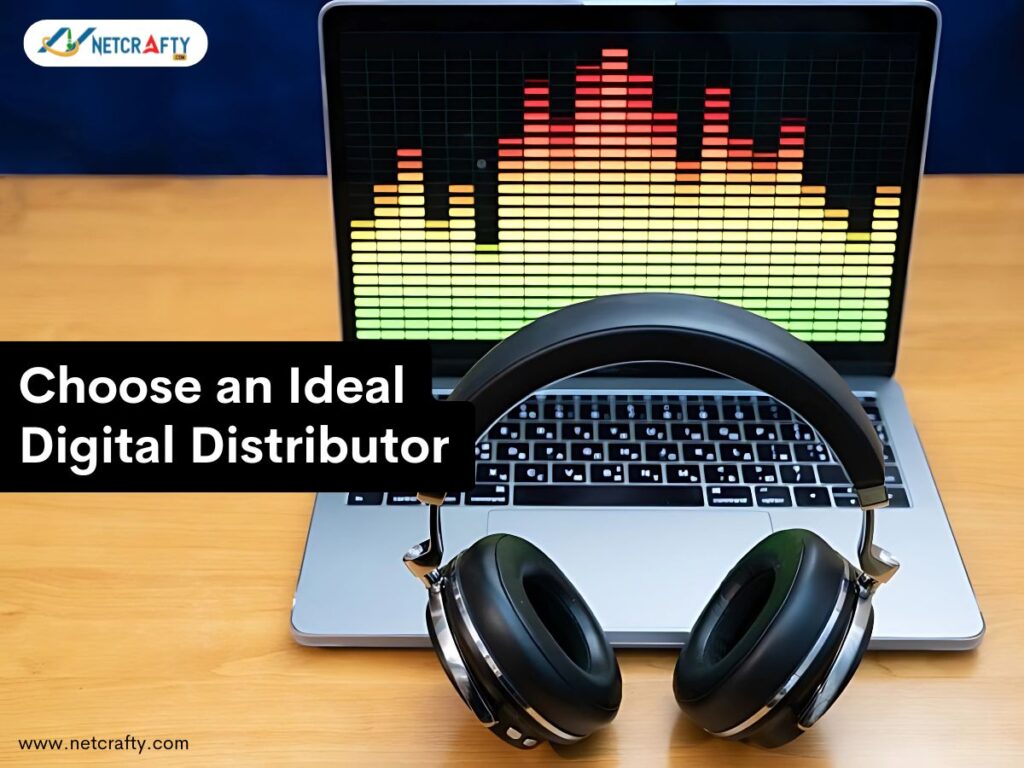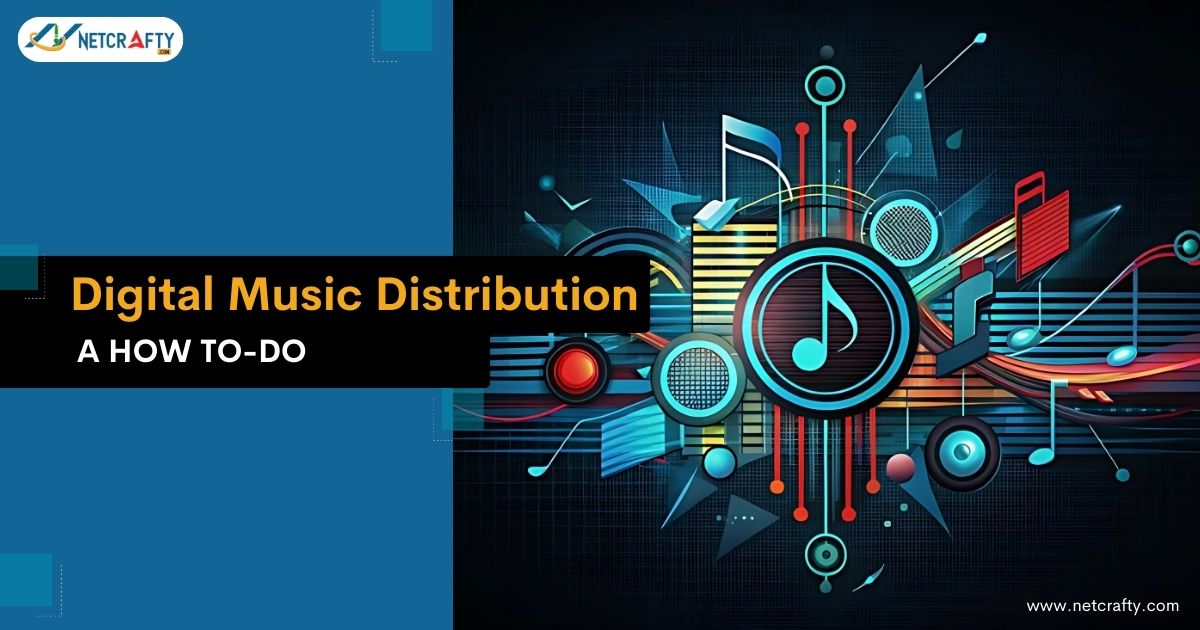An artist’s creative process is always the starting point for any musical career. Digital distribution has been a whole new world for artists and fans alike. We use a variety of mediums to promote our newly found freedom to self, but there are also fewer intermediaries waiting to get a piece of the proverbial pie.
Definition of Music Distribution
Until recently, many artists relied on publishing houses to get their work heard. However, as times changed, music distribution systems opened up new opportunities for independent musicians. Due to modern music distribution methods, it has always been difficult to take the music you create and upload it to digital platforms such as Spotify, Apple Music, and Instagram. Consider music distribution as the link between what you create and who gets to hear it.
How to Distribute Music to Streaming Platforms?
Here, we go over everything you need to know about distributing your tracks online:
Prepare your music for release: The first step in digital distribution is preparing your music for the world to hear.
High-quality production: Your tracks must be professionally recorded, mixed and mastered.
Artwork and Metadata
Ensure you have all necessary metadata, such as song titles, album names, artist names, and release dates for everyone involved in the creation process. Also, be sure that your album artwork is in high resolution.
Choose an Ideal Digital Distributor

A digital distributor acts as a mediator between you and streaming providers. They help you upload your audio recordings to Spotify, Apple Music, YouTube Music, and other sites. The best digital distribution platforms include:
- Spotify is a popular music streaming service worldwide. With more than 500 million users across 180 countries, it’s a wonderful way to engage with music aficionados. Thanks to their personalized suggestions, Spotify’s weekly Discover and New Radar playlists are excellent tools for introducing your music to new fans. Also, Spotify’s podcast and audiobook services allow you to reach a larger audience.
- YouTube Music is a streaming service produced by YouTube, a Google company. It provides a personalized interface for music streaming, letting users to search for songs and videos on YouTube based on categories, playlists, and suggestions.
Upload your Music
Choose your distributor platform; it’s time to upload your music. This process typically involves:
- Upload your audio file using high-quality WAV files for sound quality.
- Filing details such as song titles, artist names, release dates, and genres.
- Further, you ensure your cover art meets the specifications of the platforms.
Music publishing
Not all independent artists have a publisher. Music platforms pay publishing royalties on recorded music to collecting agencies.
Promote your music
Promotion is critical to getting more streams. Use social media platforms to create a buzz around your release, using engaging content to grab attention. Also, submit your music to online music blogs, podcasts, and YouTubers who can review or feature your track.
Track your performance
Most Digital distributors provide an analytics dashboard where you can track your song’s performance. You’ll see how many streams you get, where your listeners are, and how they find your music. This information may help you improve your marketing approach and target a suitable demographic.
Digital music distribution has increased the opportunities for independent artists to share their work with other parts of the world. By following these steps, you may ensure that the music you create receives the recognition it deserves. Remember that the process does not end when your song goes live—continuous promotion, audience involvement, and judicious releases are the keys to digital success.

Leave a Reply